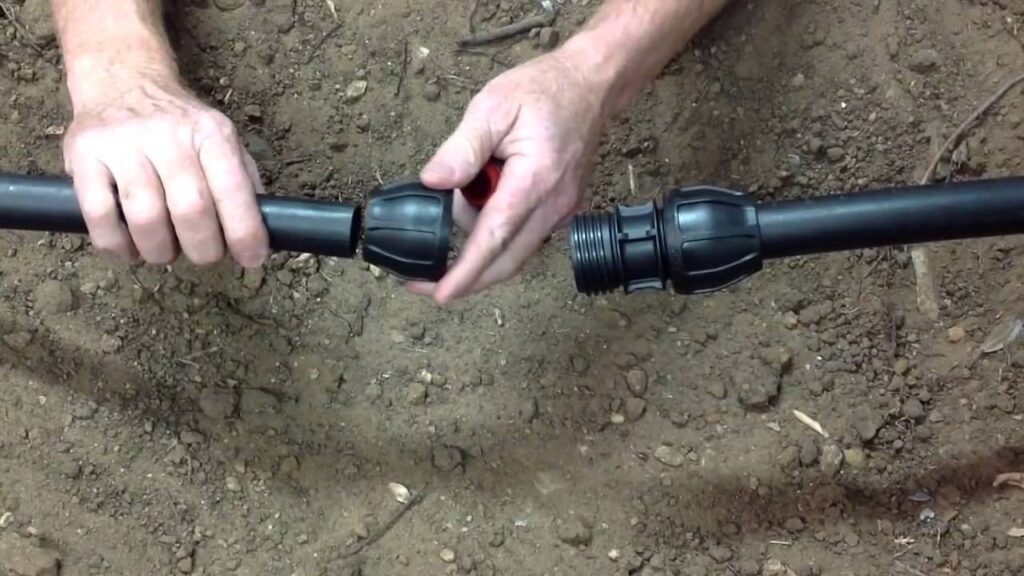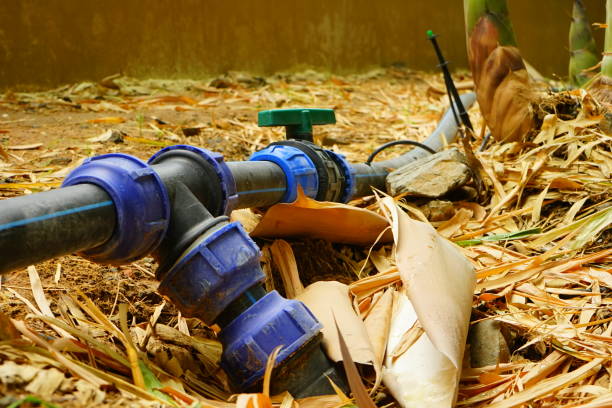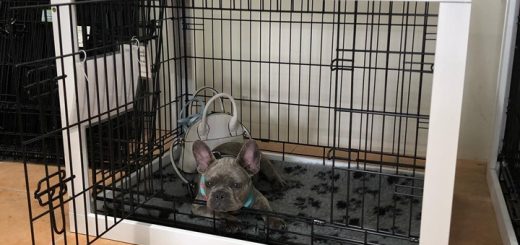Poly Pipes and Fittings: The Crucial Pieces in a Strong and Reliable Water System
If you’ve ever experienced a major water leak, either inside your home, from an incoming water or sprinkler line in your yard, you’re aware of how essential it is for potable and non-potable water lines to be installed, maintained, and repaired properly. The same can be said about a garden irrigation system.
Of course, waking up to a water-logged lawn isn’t an indicator that your plumbing was done incorrectly. A hundred events can take place both above and below ground that can result in a ruptured pipe. It’s a stark reminder though, of the importance of using only the best plumbing materials at the beginning to minimize the likelihood of costly problems later.
That’s why it’s no coincidence that when it comes to pipes, tubing, and fittings that are durable enough for any type of incoming water project, professional installers rarely have to look further than polymer-based plastics to get the job done.
The right fittings

Over the last half century, polypropylene (PP) has proven it’s the go-to polymer for the plumbing in new infrastructure, as well as for replacing aging copper infrastructure. If you’re planning on, or overseeing the planning of virtually any type of new waterworks, you’re almost certain to see poly pipes and poly pipe fittings specified in the design concept.
Polypropylene connectors and fittings in particular, are regarded as the best all-around choice for ensuring perfect seals are achieved every time. Especially when dissimilar pipe diameters and materials are involved. The scale of damage that can occur from a faulty fitting is too great to ignore which is why you can’t afford to consider starting with anything other than the right types of fittings, regardless of the pipe you’re using.
Compression fittings

Poly-type compression fittings consist of a polypropylene body, self-aligning inner rings, rubber seals and outlet compression nuts and these hefty connectors are the final word for creating leak-proof joints. As opposed to creating a thread-formed joint to seal a run of pipe, compression fittings essentially clamp onto the pipe ends. The result is a rigid, fully encased joint that:
- Requires absolutely no special tools or skills to install.
- Installs (and uninstalls) quickly and easily. And,
- Requires only moderate force to attain a positive seal.
It’s no coincidence either that every popular type of connector is available as a compression fitting. If you can imagine having to quickly connect a new run of either 25mm or 32mm standard diameter poly pipe fittings to a series of existing copper fixtures, then you fully understand the need to have a range of core fittings that’ll go on quickly and are guaranteed not to leak.
- Couplers
Couplers are the straight-through, work-horse connectors for extending pipe runs made up of similar diameter and material.
- Adapters
Adapter are specialized couplers used to either extend or terminate runs of dissimilar diameter or material. A full range of male and female threaded adapters are common for standard 25mm and 32mm diameter poly pipes, along with ½” and ¾” outlets for mating with copper.
- Tees
Tees are another specialized fitting with two horizontal outlets and a single perpendicular outlet positioned at 90º. They’re available with either equal 32mm outlets, 25mm/32mm unequal outlets, or 32mm equal outlets with a single ½” outlet for copper.
- Elbows
90º elbows with either male or female threads are available. As poly pipes won’t bend without kinking, elbows allow changes to run directions, or to align with other runs. Elbows come with equal 25mm or 32mm poly outlets, and also with ½” and ¾” copper outlets.
In short, the ability to create practically any kind of incoming water system using poly pipe is possible using poly tube fittings, even when they need to be connected to copper pipes. They deliver the strength and reliability of full copper systems, but without the cost, headaches, or the required expertise. Suffice it to say, that’s the way an install’s supposed to be.
The preference for poly
Regardless of whether you’re a DIY homeowner or an engineer, when you look at all the benefits of poly, it’s not difficult to see why it’s the preference for plumbing. Not surprisingly though, it also seems only natural that a whole plethora of polymer pipes could end up simply being recognized as “poly.”
When we look at only a handful of the polymer-based pipes that are all too-conveniently rolled up under the name “poly” – polypropylene (PP), polybutylene (PB), polyethylene (PE), cross-linked polyethylene (PEX), etc. it needs to be mentioned that each of these “polys” have very different compositions, reactive qualities, and temperature and pressure characteristics. And make no mistake: there are sub-categories of pipes even within these few that are even more specialized.
Polypropylene (PP) pipes and fittings, however, are the most commonly referred to “poly” for the broadest range of residential, commercial, and industrial water systems, for the following reasons:
- They’re non-conductive, highly impermeable and corrosion resistant.
Not only is PP classed as an electric insulator, but it’s also inert, it absorbs less than .01% of water on immersion, and won’t leach or react if it’s either transporting, or comes in contact with water-based acids, solvents, or other chemicals.
- They’re tough and temperature resistant.
PP has great tensile, fatigue and impact strength. And although it’s highly regarded for its resistance to freezing when buried, its normal operating temperature range between -5ºC and 82ºC makes it suitable for cold and hot water installations, both indoors and out.
- They’re low cost and long life.
PP’s density is lower than other polymers, which allows it to be produced, transported, and to ultimately retail for less than other plastic pipes with even moderately similar qualities. And with a minimum 50-year life span, the cost of purchasing PP materials gives them a complete affordability advantage.
The term “poly” gets bantered about pretty casually but when it’s mentioned in the plumber’s context, you can be sure that polypropylene is what you want to talk about.
The conclusion
At the end of the day, when it comes to putting the best water system together, polypropylene pipes and poly pipe fittings are hard to beat. They’re the unbeatable choice for applicability and durability, as well as cost. And they’re the only plumbing material that requires absolutely no special tools or experience to get the job done.
With a bit of planning, a homeowner laying their own water lines can produce the exact same results as if they’d called a professional. Just remember: when you’re ready to tackle that plumbing job, that it’s the “real” poly that you’re looking for.







